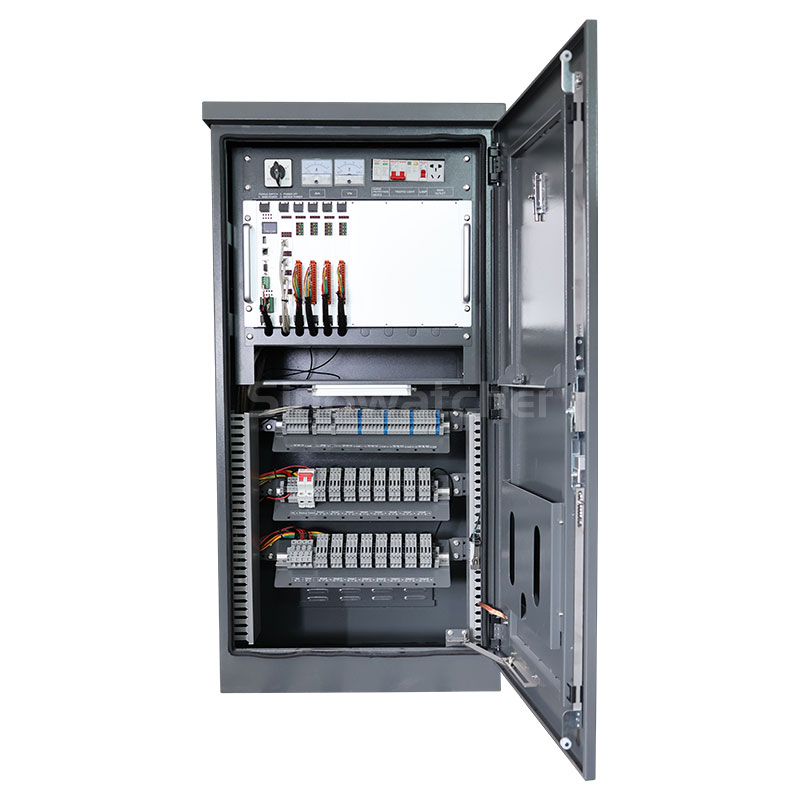目录
ToggleChoosing the right traffic light controller is the first step toward keeping your city’s traffic moving smoothly and safely. But with so many options out there, we understand it can be tough to know where to begin. In this guide, we’ll break down what you need to consider, making it easier for you to find the best fit for your city’s needs.
Whether you’re managing bustling intersections or planning for future growth, this guide will help you make the right choice without the stress.
Understand Your City’s Traffic Needs
Although this is obvious, it is necessary to understand your city’s traffic needs before choosing a traffic light controller. Every city has unique traffic patterns, peak hours, and congestion points. Start by analyzing traffic data, such as average daily vehicle counts, peak traffic hours, and accident-prone intersections. This data will give you a clear picture of where your city’s traffic flow needs improvement.
After analyzing the traffic data, consider factors such as pedestrian foot traffic, public transportation routes, and school zones. These variables will help you determine the type of traffic light controller that best suits your city’s needs. For example, if your city has high pedestrian foot traffic, you may want a controller that offers longer walk signal times to guarantee pedestrian safety.
Once you have a clear understanding of your city’s traffic needs, you can move on to the next step in choosing the perfect traffic light controller.

Assess Different Types of Traffic Light Controllers
There are several types of traffic light controllers, each with its strengths. Some of these include:
Fixed-time traffic light controllers: These operate on a pre-set timing schedule and cannot be adjusted in real-time based on traffic conditions. While they are simple and cost less, they may not be the ideal option for cities with fluctuating traffic patterns.
Actuated traffic light controller: These controllers use sensors to detect the presence of vehicles and adjust signal timing accordingly. They are more responsive to changes in traffic flow and can help improve traffic flow in real-time. Actuated controllers are ideal for busy intersections with changing traffic patterns throughout the day.
Adaptive traffic light controller: These controllers use advanced algorithms to analyze traffic data and adjust signal timing quickly. With adaptive traffic light controllers, you can decrease delays, reduce congestion, and improve overall traffic flow. These controllers are a perfect fit for cities with changing traffic patterns.
Consider Future Scalable Options
Cities grow, and traffic patterns change. Choose a traffic light controller that can be easily upgraded or expanded in the future. Scalability is important to ensure that your city’s traffic management system can adapt to future needs without requiring a complete overhaul.
Look for traffic light controllers that offer flexibility in terms of adding new features or accommodating increased traffic volume. Consider controllers that can be easily integrated with smart city technology when the time comes to make use of such solutions.
The Bottom Line
Traffic light controllers are no doubt an important part of managing a city’s traffic flow effectively. The right traffic light controller can either make or mar the way traffic moves throughout the city – so it always pays to make the right choice.
0